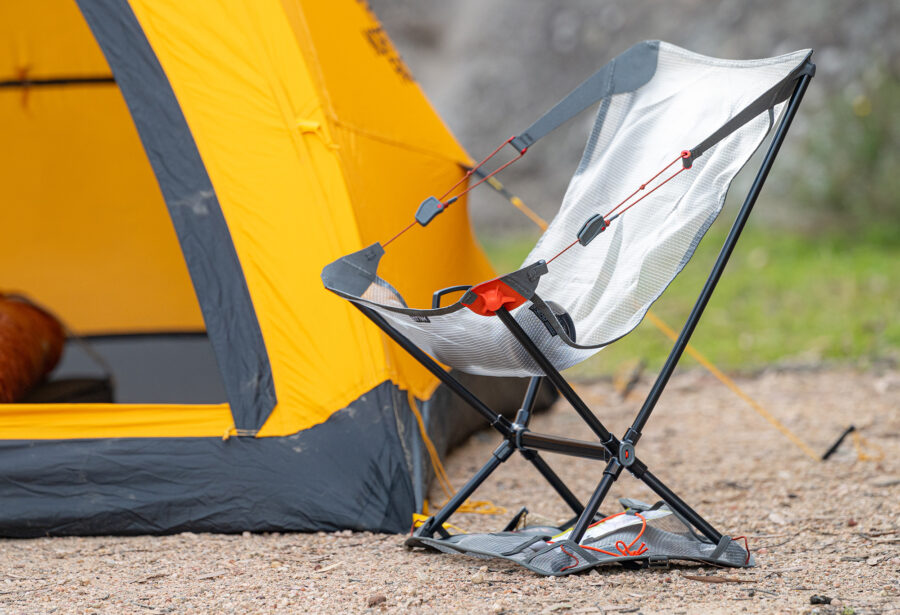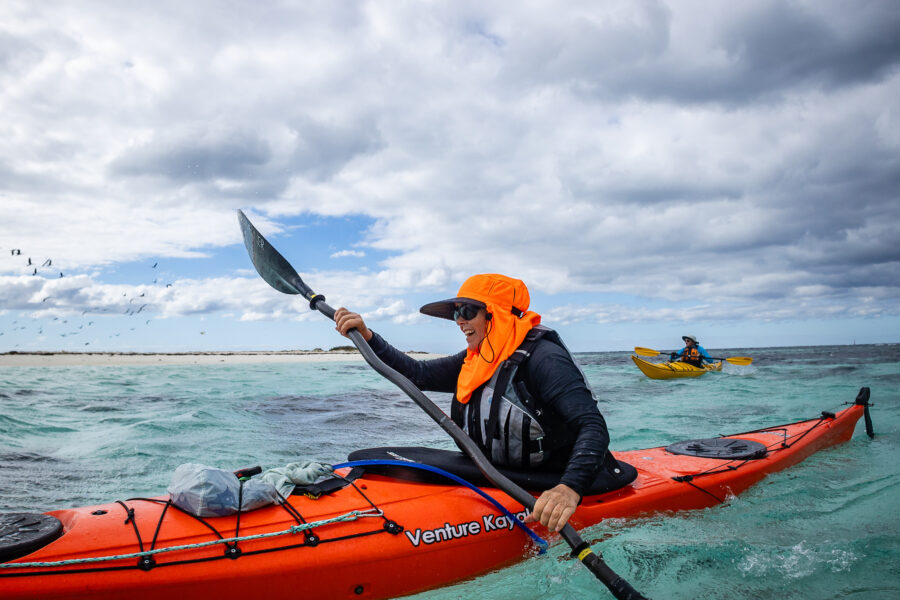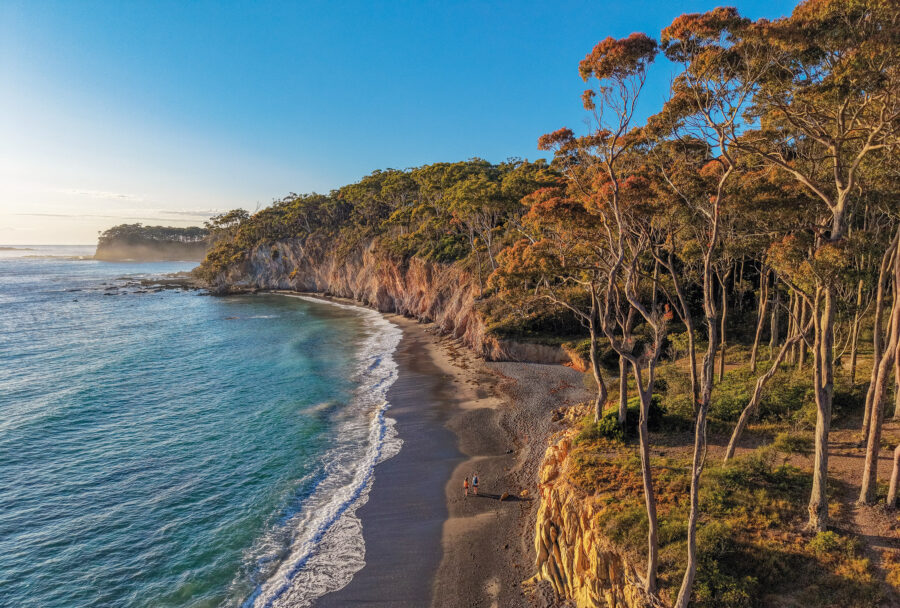There’s a unique kind of freedom that comes with loading up your bike and pedalling into the wild. No set schedule, no traffic jams, no phone reception. Just the quiet crunch of tyres on dirt or gravel, the caress of the wind, and whatever adventure the trail delivers. Whether you’re tracing a remote route to a hidden campsite or stitching together backroads and rail trails between country towns, bikepacking is all about extending your time in the great outdoors.
But how do you carry everything you need? That’s the big question.

From full-blown self-supported camping to the more luxurious flashpacking option (where a bed and hot shower await at your accommodation), there are many ways to pack your gear. And your luggage setup will make or break your experience. Too much weight in the wrong place can affect bike handling, wear you out, or just make things way harder than they need to be.
So, let’s dive into the main luggage options for bikepacking – what they are, how they work, and which one might be right for your next ride.
Frame bags: Strap on and go!
Just about every accessory brand has some options now, with models that are generic enough to fit a wide variety of bikes. This includes small to large bags that sit atop your top tube, small bar rolls, and even half frame bags that are slung under the top tube.
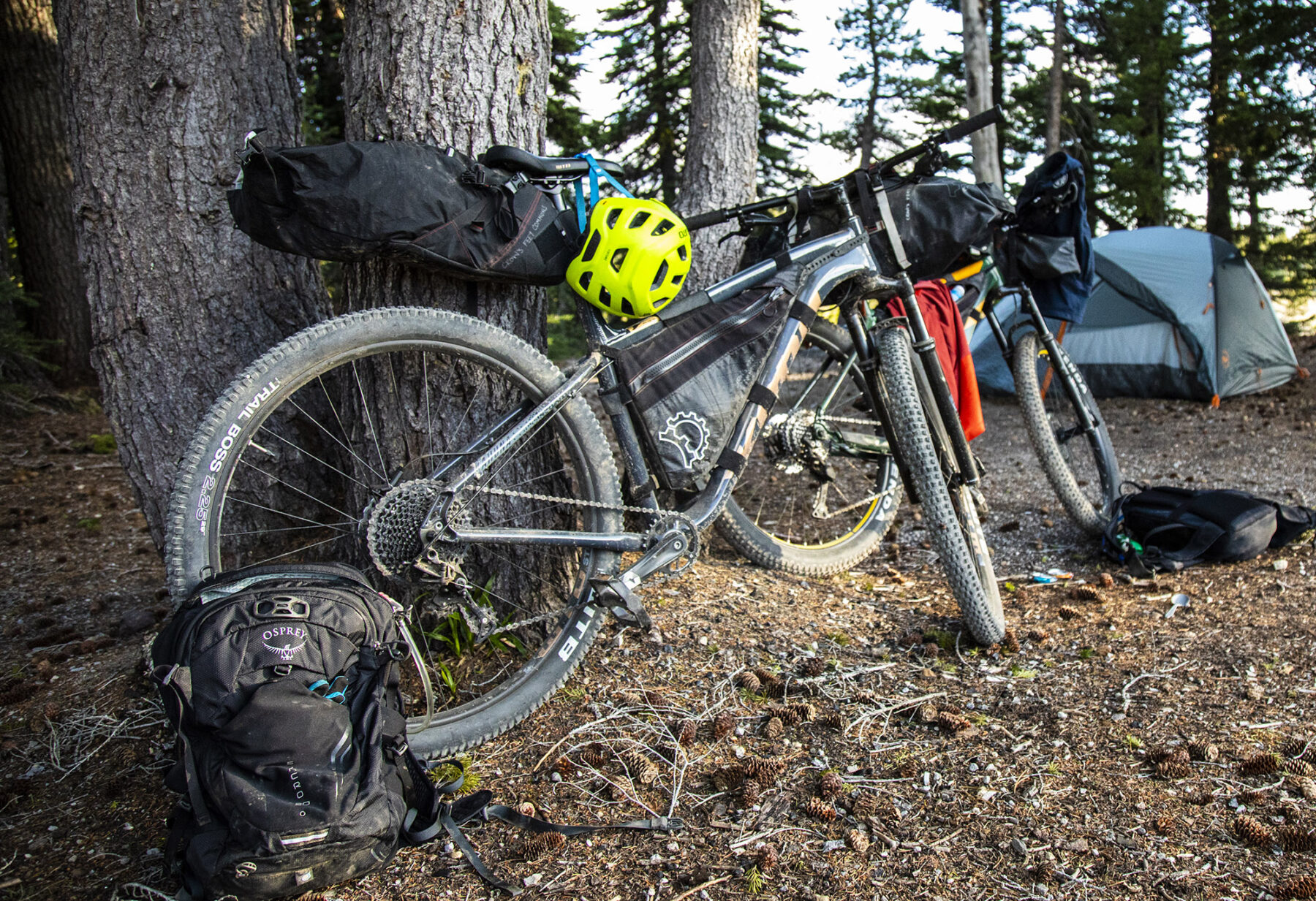
These types of bags follow the key principle of bikepacking luggage: using available space. However, none of them truly can fit enough to cover off all your luggage needs if you’re not flashpacking. Most of these off-the-shelf options are great products, but you may quickly come up against their volume limits or get frustrated with how they fit your bike.
Pros: Get going without getting too specific, easily available, fit many bikes
Cons: Not truly specialised to what you need
Custom frame bags: Tailored for adventure
If you’re serious about bikepacking and know you’ll be doing it often, a custom frame bag is one of the best investments you can make. These bags, like the ones from Aussie maker Bike Bag Dude, are made to measure for your specific bike. That means no wasted space, a clean look, and a perfect fit. They’re made from very high-end, light materials that hold their shape and keep the elements out as well.
You can also choose colours, pockets, zips, and features that suit your riding style. The downside? They don’t swap easily between bikes, and they’re more expensive than off-the-shelf options. But if your frame is your forever bike (or you’ve just fallen in love with it), this is a brilliant way to carry weight low and central – exactly where you want it. A custom bag kit is a top-of-the-line choice that matches high style to suit your high mileage, but it also absolutely maximises your carrying capacity in a very neat, stable solution.
Pros: Perfect fit, no sway, great use of space
Cons: Not interchangeable between bikes, higher cost
Saddle bags: High capacity, high fluidity
Saddle bags (also called seat packs) are one of the most popular bikepacking options. They hang from your seatpost and saddle rails and can hold everything from your sleeping bag to your entire camp kitchen.
There are smaller models to complement other bags, and big ones that can carry nearly all your gear – but that size comes with drawbacks. On steep or technical terrain, big saddle bags can sway side-to-side and make getting behind the saddle tricky. They also don’t always work well with dropper posts, making them more suited to gravel bikes or hardtails.
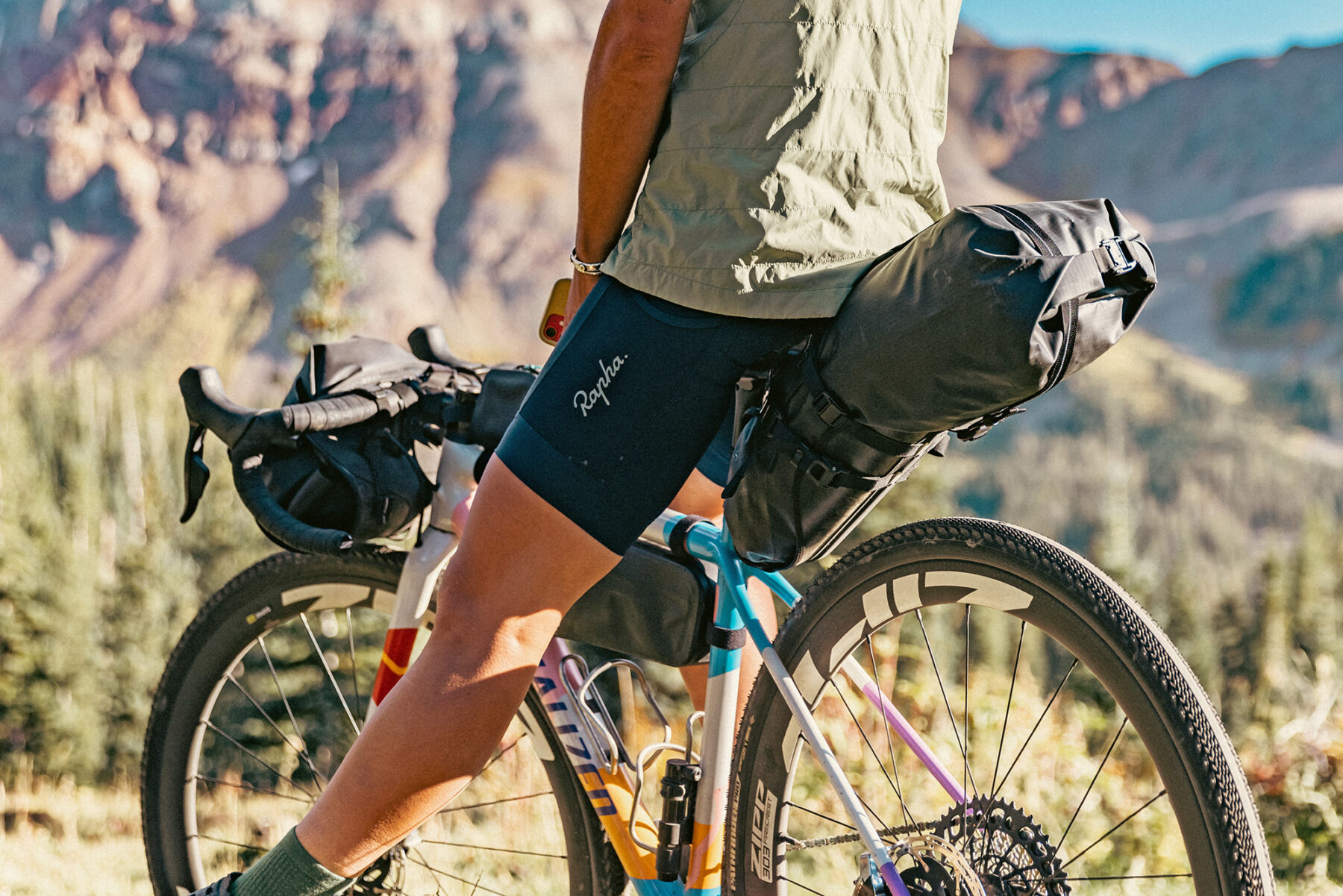
Clearance above the rear tyre is also critical, especially on smaller frames or full suspension bikes. For a lot of bikes or riders – a saddle bag that can carry much just may not be a viable option. Still, a small-to-medium saddle bag is a great option for lighter items like clothes or sleeping gear. Given they need to be cinched down tight, they don’t suit items you’ll need to get to frequently.
Pros: Good capacity, easy to fit, great for light gear
Cons: Can sway, poor compatibility with droppers, limited access
Bar rolls: Balanced versatility
A bar roll spreads your gear across the front of your bike – ideal when you’re already running a saddle bag and want to balance the weight. These can be a simple drybag strapped to the bars as you dip your toes into the water, or a more refined system using a harness and drybag, or a custom roll.
Drop-bar riders will want to keep things narrow and light to avoid interfering with shifting and handling. MTB riders with flat bars can go wider and longer – to a point. Handlebar height, brake cable routing, and front tyre clearance all come into play – and an overloaded bar roll can make your steering sluggish unless you up your tyre pressure or tweak your suspension.
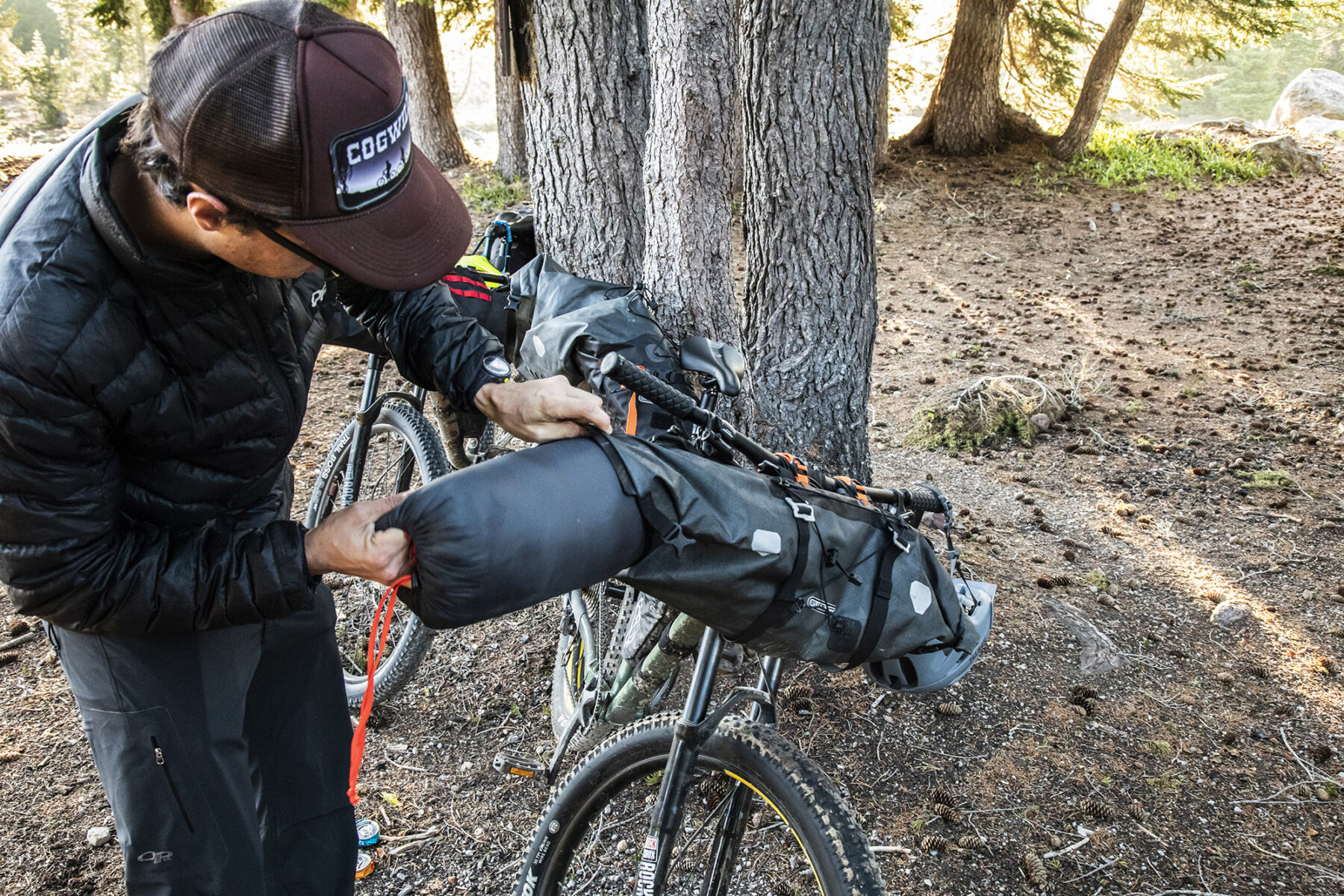
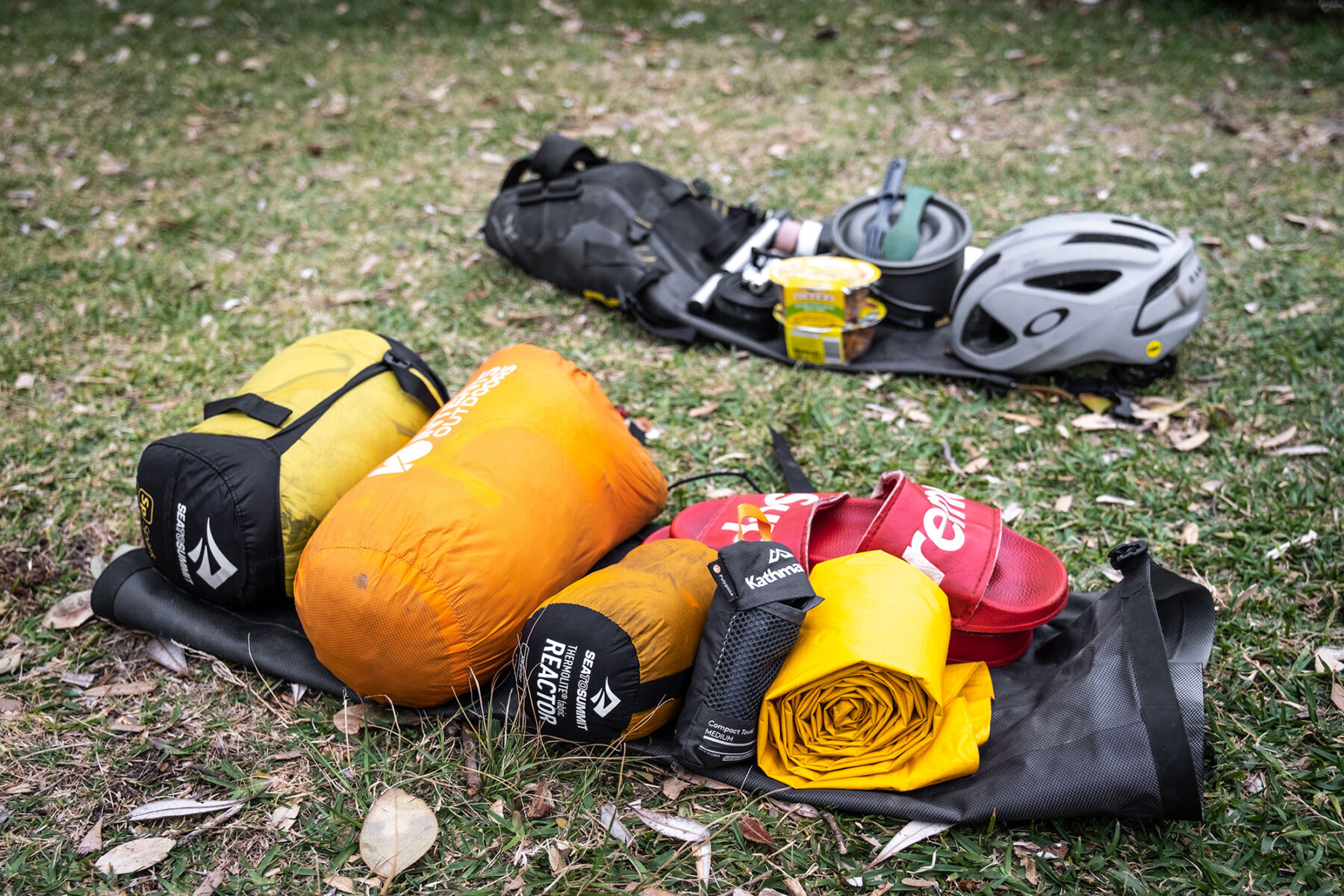
That said, they’re a cost-effective and surprisingly versatile way to carry bulkier, lightweight items like your sleeping gear or a tent. The use of a harness and dry bag makes for an easy unload on a flashpacking trip as well, when it’s time to stride into the lobby and check in.
Pros: Spreads weight, affordable, versatile
Cons: Needs careful packing, clearance issues, can affect handling
Racks: Touring’s not dead
Bikepacking v touring can be visually summed up by more capable bikes and luggage setups, allowing bikepackers to access more areas. So, racks evolved. Racks have had a resurgence, thanks to brands like Aeroe and Tailfin. These are not your old clunky steel pannier racks – they’re lightweight, modular, and compatible with full-suspension frames and modern geometry
Aeroe’s modular setup allows you to mount gear on the front, rear or even off your bars. Tailfin’s carbon racks are slick, super strong, and work beautifully with their matching drybags or mini panniers. Yes, they’re heavier than soft bags, but they’re tough, stable, and ideal for big trips or riders who prefer not to wrestle with straps and roll-tops.
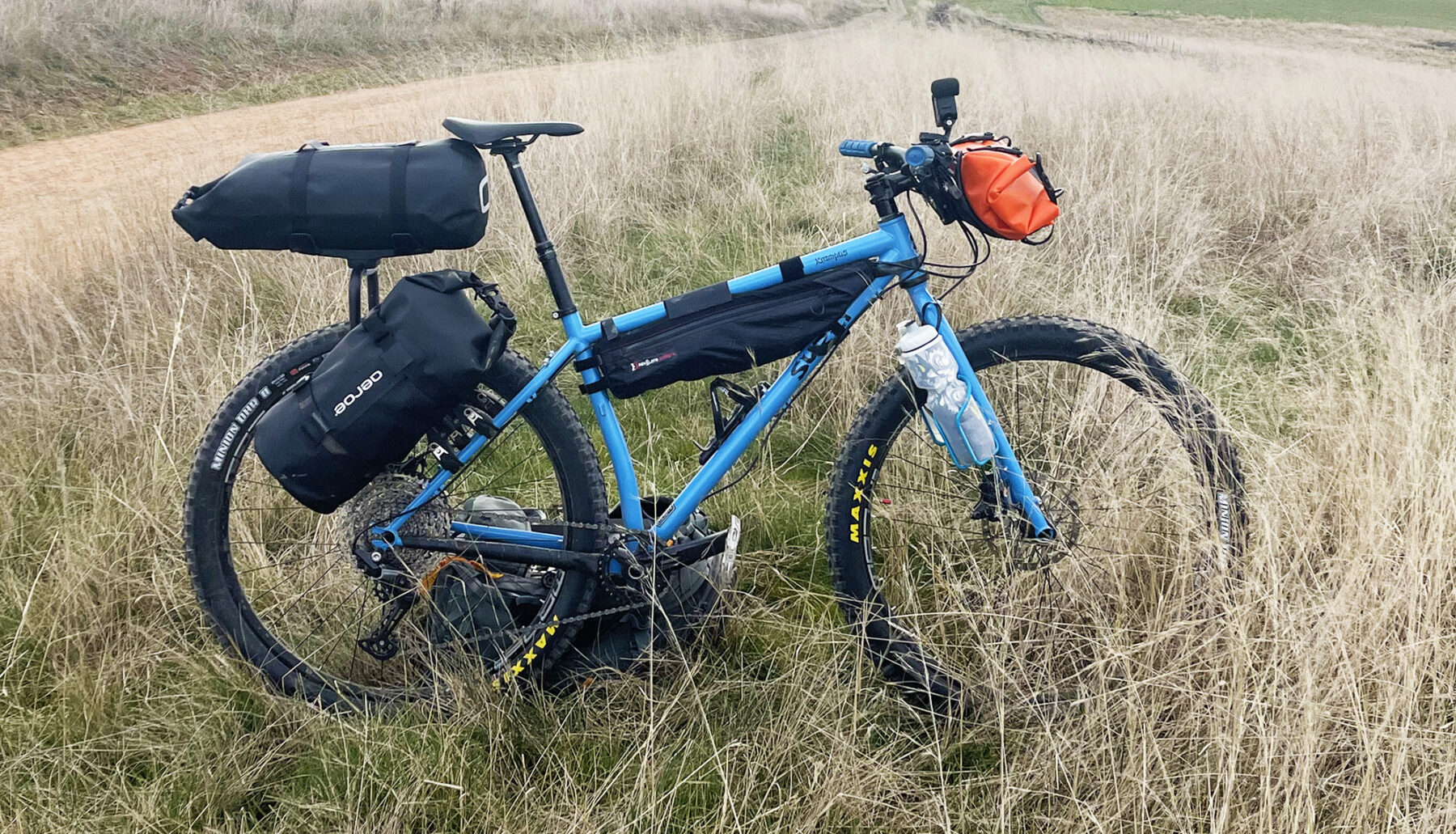
Mini racks with compact panniers are also gaining traction. They’re easy to remove, less likely to snag on trailside branches, and often offer better packing and access than traditional bikepacking bags.
Pros: Rugged, modular, more stable than soft bags
Cons: Heavier, more expensive, requires mounting points or adapters
Cargo clothing: Make like a camel
It is highly unlikely (but not impossible) to imagine a trip done with cargo clothing alone – but you can carry a lot. Cargo bibshorts like the popular Attaque All Day Cargo line have generous pockets on the outside legs, plus two more cavernous pockets on the bibs. This means essentials like snacks, your phone, credit card, tools and the like are absolutely sorted. Throw in a traditional three-pocket jersey and you’re set for all you need for a big day out.
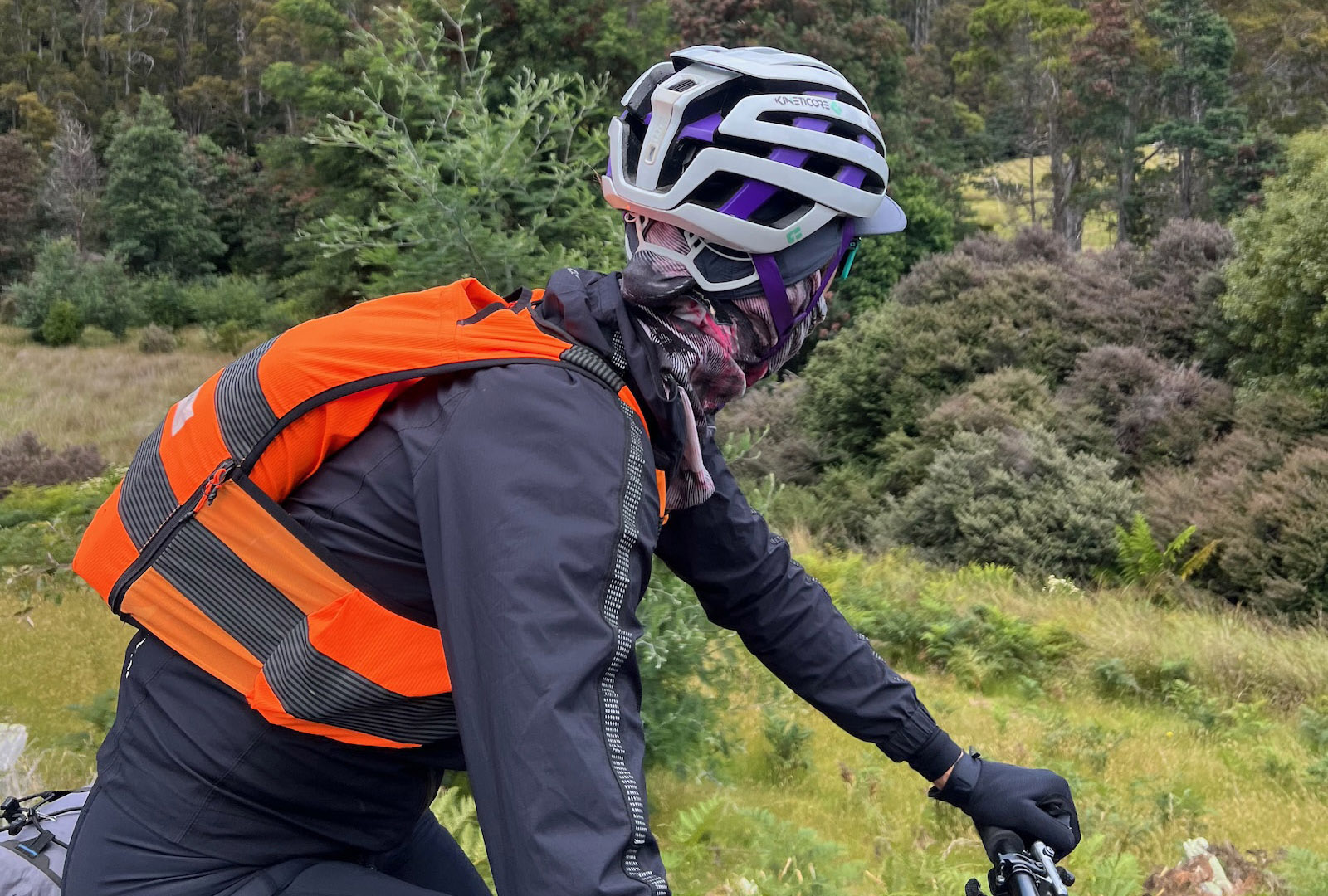
Brands like Albion have taken it a bit further. This British brand specialises in bikepacking clothing, and the Cargo Vest is design at its finest. A simple garment delivers a back pocket, stash pockets, zippered pocky and chest pockets, secure fit and even a high-vis option. It’s a perfect companion capable of swallowing clothing, lots of food and more. All in a stable and functional piece of gear.
Used in conjunction with a simple luggage setup, cargo clothing could be just the ticket for a flashpacking trip, or an addition for fully loaded bikepacking to keep more at hand.
Pros: Make your clothing work for you, easy access
Cons: Suits those who like Lycra, limited capacity
A backpack: The old faithful
In a perfect world, bikepacking gear lives on the bike – not your back. But if you’re just dipping a toe into overnight adventures, there’s no harm in starting with a small backpack and a drybag strapped to your handlebars. My first few overnight trips used adventure racing bags – for one trip in the Lakes District I even used a stripped-down canvas backpack! That is the bag I had, and it worked.
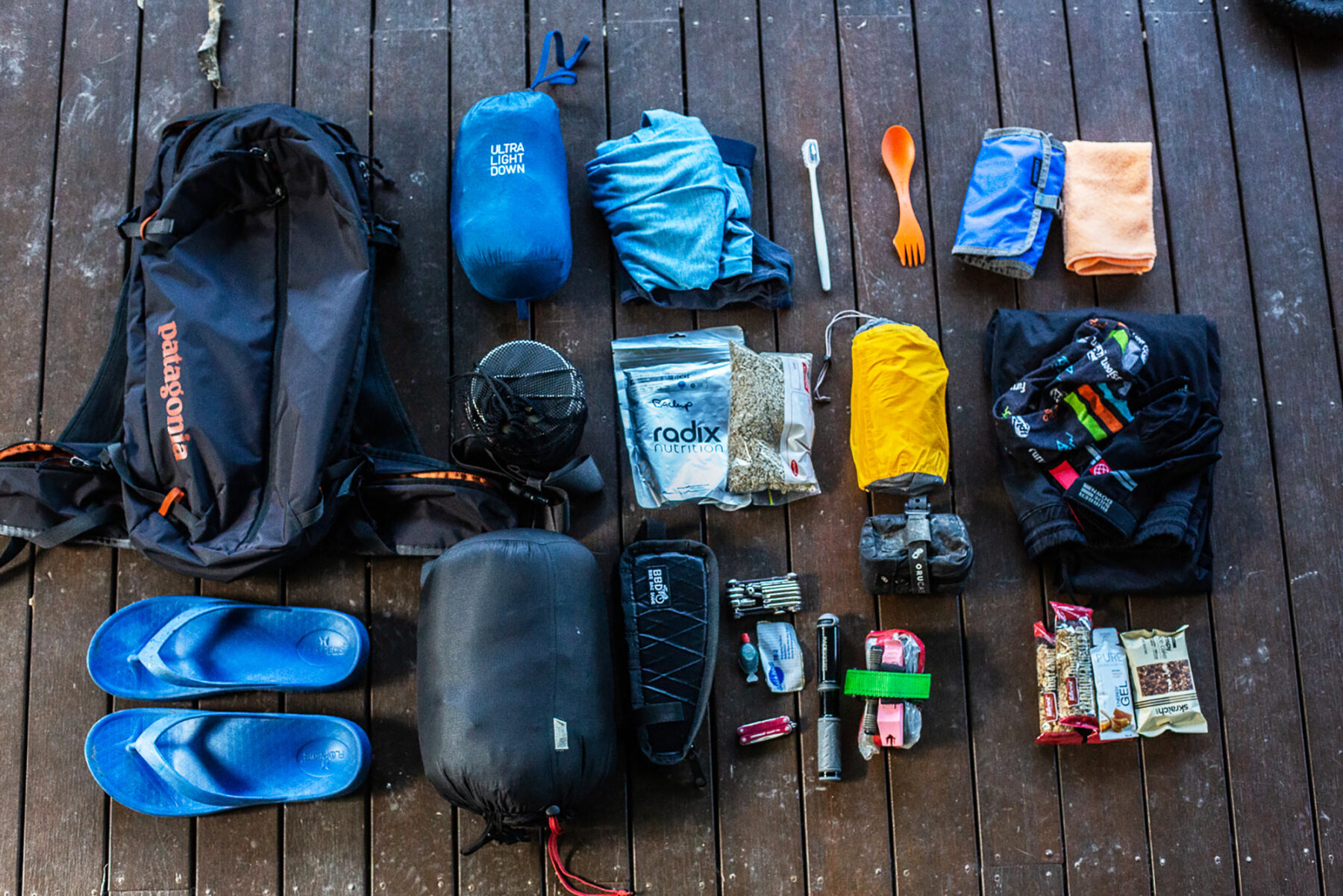
Using a backpack is a cheap and easy way to carry your kit without committing to a full luggage system. Just be aware that wearing a pack for long rides can get tiring. For a low weight it won’t be too difficult, but a heavier bag can be hard to manage with the weight sitting quite high. If it doesn’t have easy-access chest or hip pockets, you might find yourself constantly stopping to rummage through your bag. A small hydration pack or vest (or cargo vest!) can be a great addition to round out some choice frame luggage options.
Pros: Inexpensive, familiar, no bike mods needed
Cons: Fatiguing, limited access, sweaty back, riding to school vibe
Accessories: Small stuff that adds up
Once you’ve sorted your main luggage, it’s time to dial in the extras. As noted above, small top tube bags are perfect for snacks, multitools, or your phone. Chaff bags (aka stem bags or feed bags) are brilliant for bottles, snacks, or a compact camera. They fit right next to your stem and are very easy to access. Cinch straps can turn your frame into a mobile luggage rack, letting you stash tent poles, spares or extra water bottles against your frame, seat post or even fork legs.
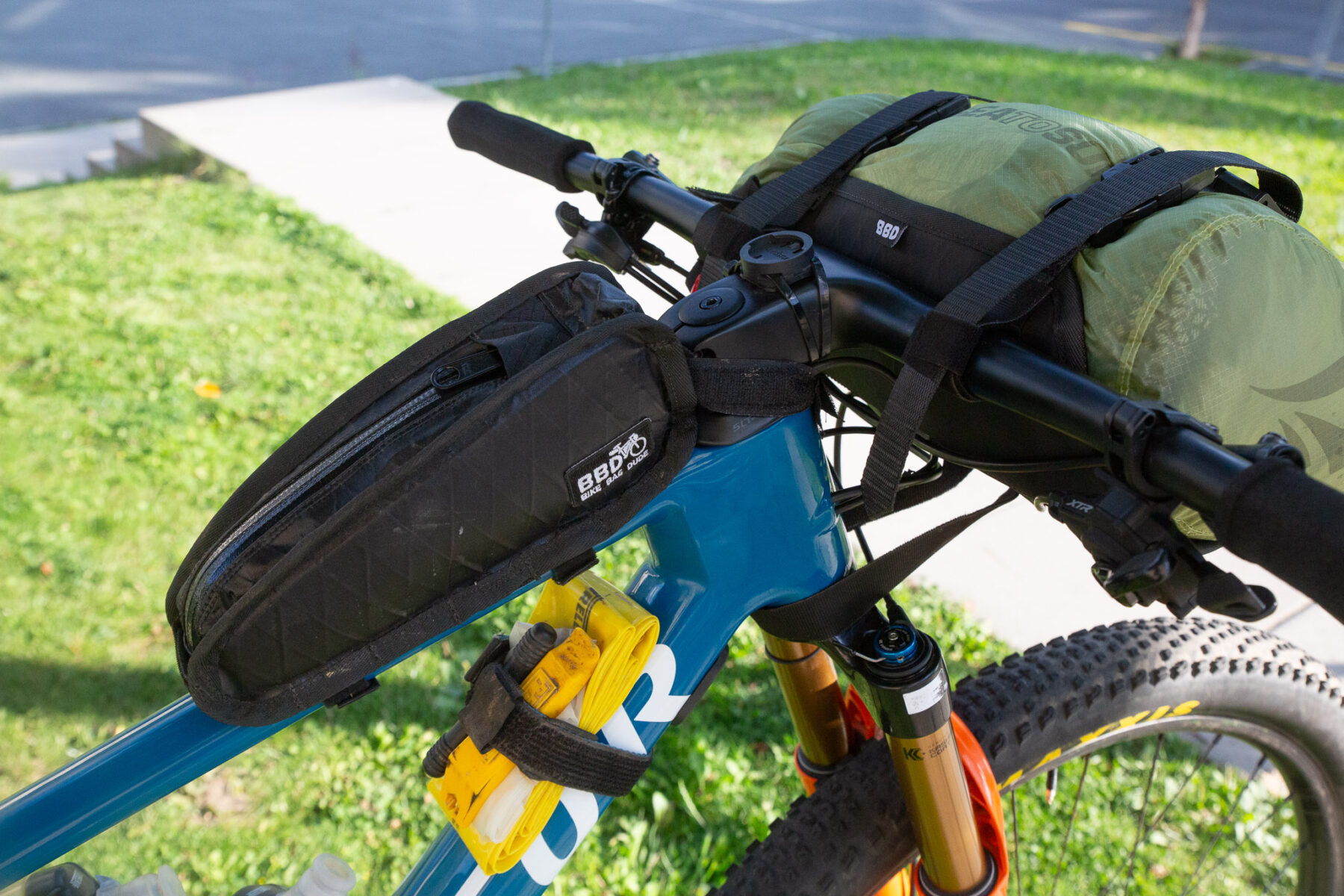
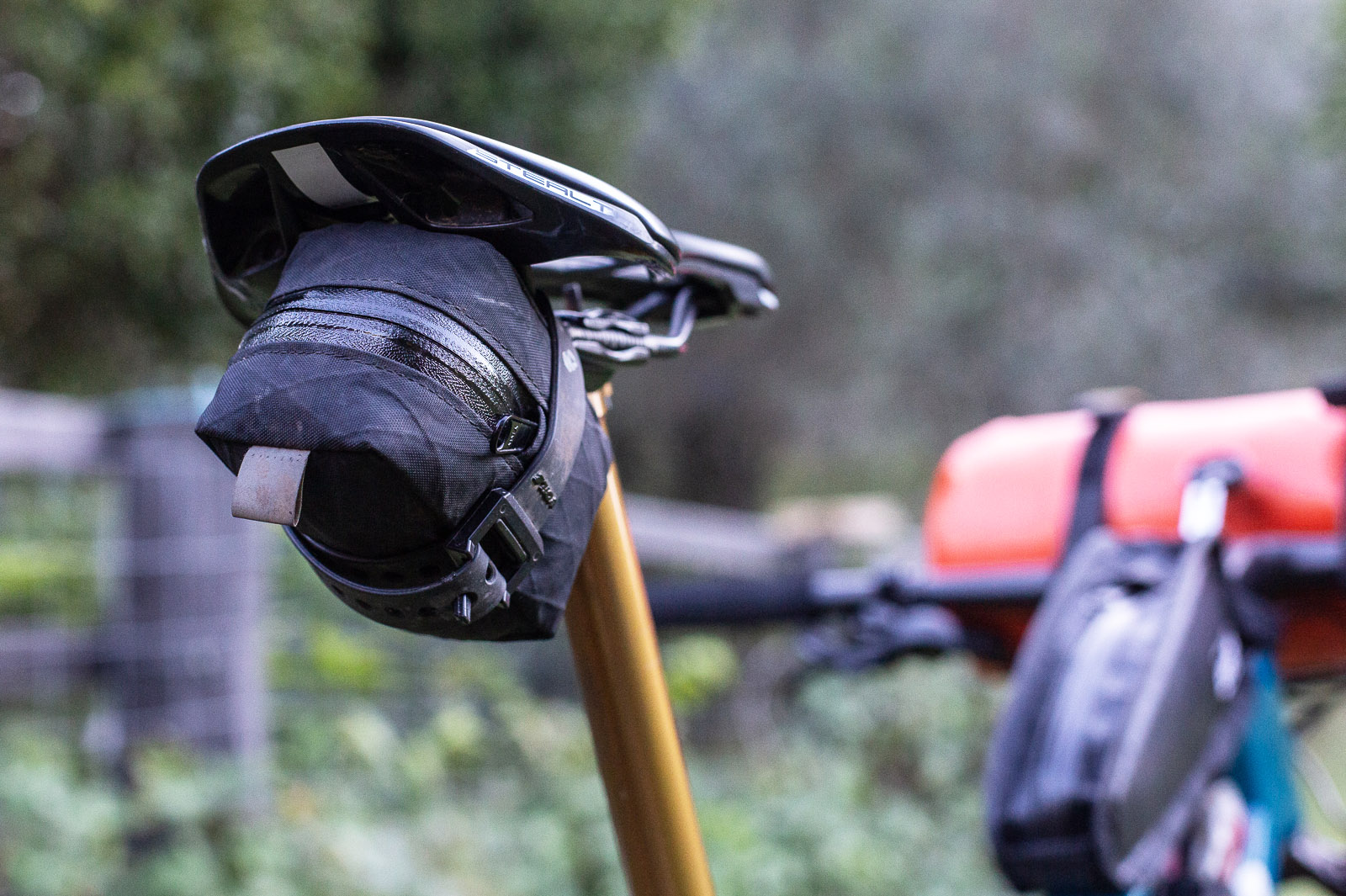
These smaller bags and straps pair perfectly with any setup and can make a huge difference in your ride experience. Keeping essentials within reach means less unpacking and more riding.
Pros: Easy access, highly customisable, low cost
Cons: Can clutter cockpit, easy to overload if you’re not careful
Final thoughts
There’s no single “best” way to pack for bikepacking – it all comes down to your riding style, your bike, your budget, and the type of trips you’re dreaming about. From a lightweight gravel getaway to a week-long mountain mission, the right luggage setup will keep your ride fun, balanced and hassle-free. You’re best to start bikepacking with some smaller trips, or even flashpacking routes. And this is a great way to determine what you like to do, which should inform what you need to invest in. Just don’t forget to leave room for snacks!

